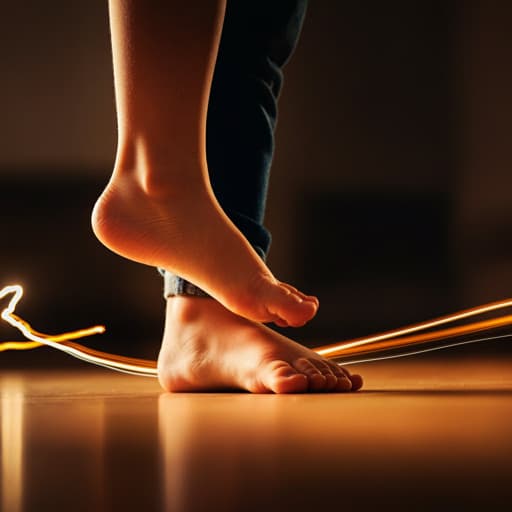
Medicine and Health
Assessment of Five-Foot Plantar Morphological Pressure Points of Children with Cerebral Palsy Using or Not Dynamic Ankle Foot Orthosis
S. Guner, S. Alsancak, et al.
Discover how Dynamic Ankle Foot Orthosis (DAFO) can improve gait and redistribute plantar pressure in children with spastic cerebral palsy! This fascinating study by Senem Guner, Serap Alsancak, Enver Güven, and Ali Koray Özgün reveals crucial insights into how DAFO affects foot pressure dynamics in young patients.
~3 min • Beginner • English
Related Publications
Explore these studies to deepen your understanding of the subject.







